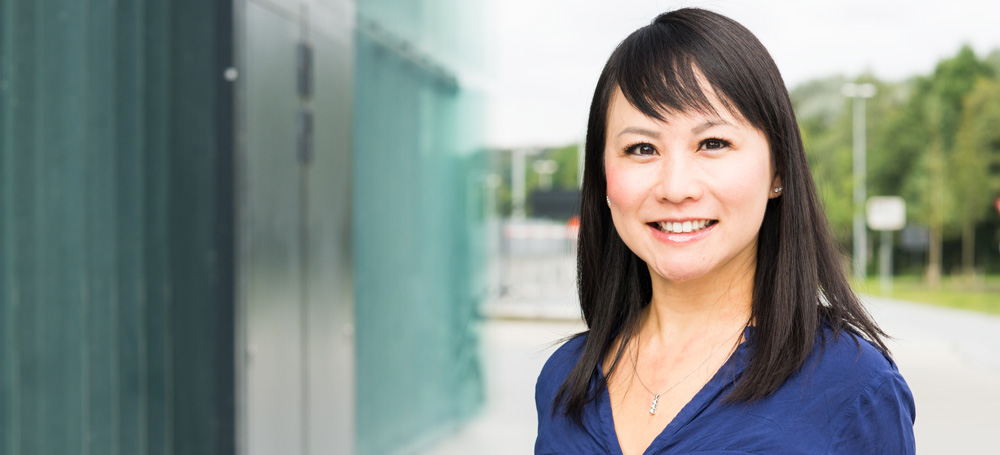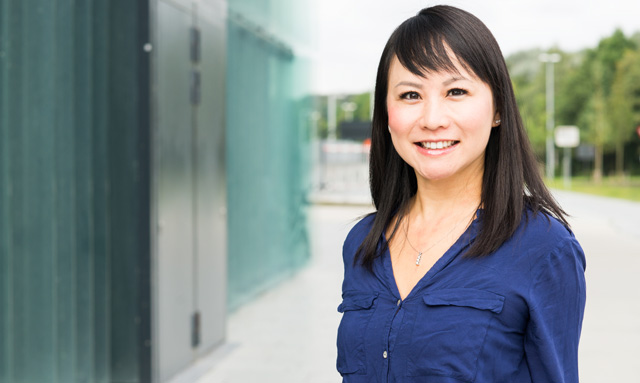In our lab, we study neurocircuit mechanisms governing two phases of motor plasticity. We aim to understand how sensory information is disseminated and processed to adapt motor output during the initial phase of learning. We also aim to determine the mechanism of motor memory encoding after successful learning to advance our comprehension of motor function and plasticity.


Aya Takeoka, Ph.D.
Team Director, Laboratory for Motor Circuit Plasticity
aya.takeoka@riken.jp
Research Overview
Motor circuit plasticity persists into adulthood, empowering us to learn new motor skills, retain learned skills, and regain motor functions following traumatic injury. In our lab, we delve into the fascinating world of neurocircuit mechanisms that govern two distinct phases of motor learning. We want to understand the process through which sensory information is disseminated and processed during the initial learning phase, unlocking the insights that facilitate correction and adaptation of motor output. Additionally, we are dedicated to unraveling motor memory encoding after successful learning. These efforts pave the way toward comprehending the complexities that govern motor function and its plasticity.
Main Research Fields
Biology
Related Research Fields
Engineering / Biological Sciences / Neuroscience-general-related / Function of nervous system-related / Physiology-related
Keywords
- Neurocircuit plasticity
- Motor functions
- Spinal cord functionality
- High resolution physiology
- Genetic manipulations
Selected Publications
Papers with an asterisk(*) are based on research conducted outside of RIKEN.
- * Lavaud S, Bichara C, D’Andola M, Yeh S, Takeoka A.
"Two inhibitory neuronal classes govern acquisition and recall of spinal sensorimotor adaptation."
Science 384,194-201 (2024). DOI: 10.1126/science.adf6801 - * Lavaud S, Bichara C, D’Andola M, Yeh S, Takeoka A.
"Electrophysiological signatures reveal spinal cord mechanisms for a lasting sensorimotor adaptation."
BioRxiv (2022), doi:10.1101/2022.03.30.486422 - * Bertels H, Vicente-Ortiz G, El Kanbi K, Takeoka A.
"Neurotransmitter phenotype switching by spinal excitatory interneurons regulates locomotor recovery after spinal cord injury"
Nature Neuroscience 25 (5) 617–629. (2022) 10.1038/s41593-022-01067-9 - * Takeoka A.
"Proprioception: Bottom-up directive for motor recovery after spinal cord injury."
Neurosci Res 154, 1-8. (2020) 10.1016/j.neures.2019.07.005 - * Takeoka A and Arber S.
"Functional local proprioceptive feedback circuits initiate and sustain locomotor recovery after spinal cord injury."
Cell Reports 27 (1): 71–85.e3 (2019) 10.1016/j.celrep.2019.03.010 - * Ruder L, Takeoka A, Arber S.
"Long-distance descending spinal neurons ensure quadrupedal locomotor stability."
Neuron 92 (5): 1063-1078 (2016) 10.1016/j.neuron.2016.10.032 - * Basaldella E, Takeoka A, Sigrist M, and Arber S.
"Multisensory signaling shapes vestibulo-motor circuit specificity."
Cell 163 (2): 301-12 (2015) 10.1016/j.cell.2015.09.023 - * Takeoka A, Vollenweider I, Courtine G, and Arber S.
"Muscle spindle feedback directs locomotor recovery and circuit reorganization after spinal cord injury."
Cell 159 (7): 1626-1639 (2014) 10.1016/j.cell.2014.11.019 - * Takeoka A, Jindrich DL, Muñoz-Quiles C, Zhong H, van den Brand R, Pham DL, Ziegler MD, Ramon-Cueto A, Roy RR, Edgerton VR, and Phelps PE.
"Axon regeneration can facilitate or suppress hindlimb function after Olfactory Ensheathing Glia transplantation."
J. Neurosci 31: 4298-4310. (2011) 10.1523/JNEUROSCI.4967-10.2011
Lab Members
Principal investigator
- Aya Takeoka
- Team Director
Core members
- Tianzhuo Wang
- Postdoctoral Researcher
- Li-Feng Yeh
- Postdoctoral Researcher
- Yuki Goya
- Technical Staff I
- Nisha Jose Ponneduthamkuzhy
- Technical Staff I
- Sovik Dey
- Technical Staff I
- Sebastian Abram Monge
- Technical Staff I




